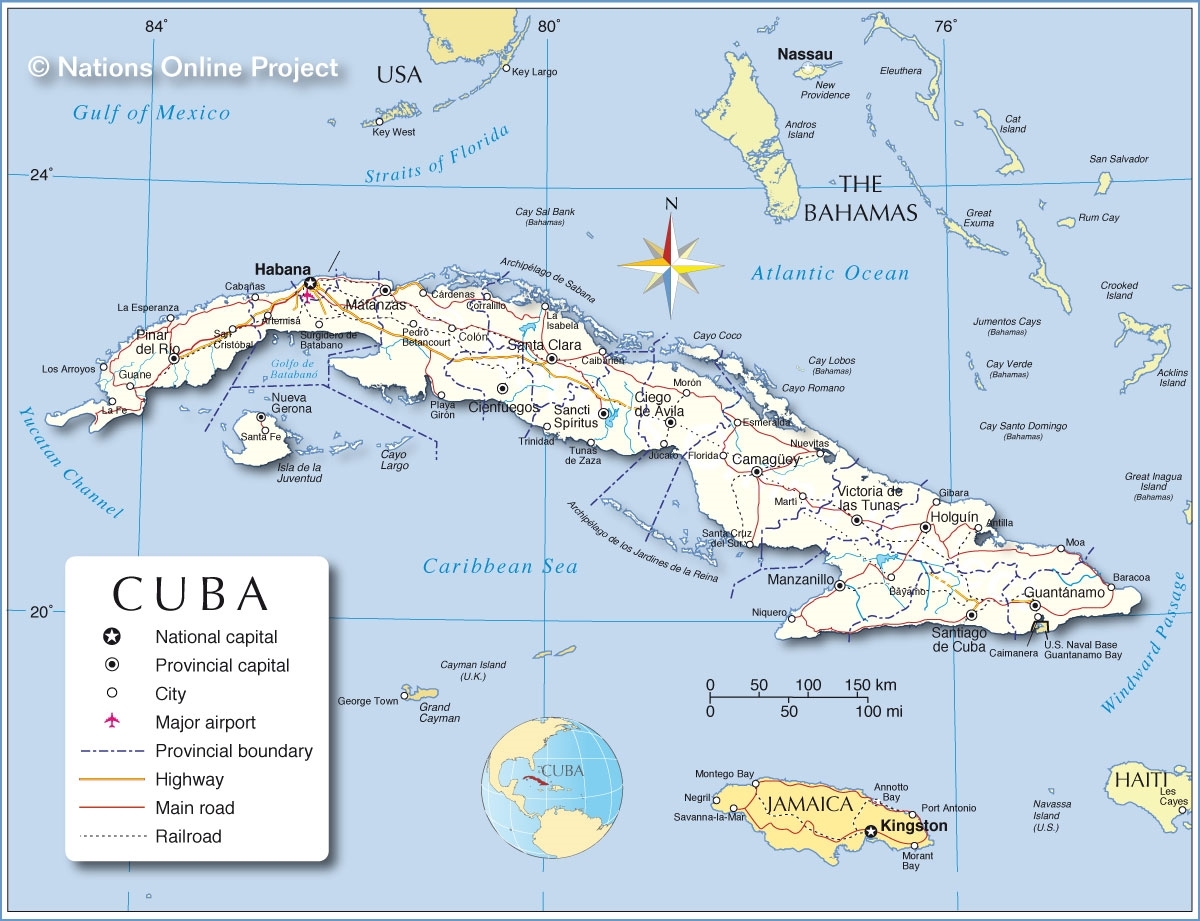The Obama Administration's Air Assault On Cuba... 1.9+ Million Paratroopers With Cameras, Cell Phones, Laptops & Social Apps; Almost 61% Of Cuba's 2015 Visitor Arrivals
/The Obama Administration’s Air Assault On Cuba…. 1.9+ Million Paratroopers… With Cameras, Cell phones, Laptops & Social Media Apps; Almost 61% Of Cuba’s 2015 Visitor Arrivals
Non-Havana
From the United States Department of Transportation: “On June 10, 2016, DOT issued an order authorizing six U.S. airlines to provide scheduled passenger flights between various U.S. cities and cities in Cuba other than Havana. DOT’s order grants the applications of American, Frontier, JetBlue, Silver Airways, Southwest, and Sun Country. These carriers are now authorized to provide various services to Cuban cities other than Havana, from Miami, Chicago, Ft. Lauderdale, Philadelphia, and Minneapolis.”
The routings approved thus far for each airline has a total scheduled daily flights accommodating up to 2,743 passengers from the United States to the Republic of Cuba. This total does not include the limited frequency flight schedules where some airlines have services from one day to five days per week.
The total capacity (including limited frequency flight schedules) of all of the airlines will accommodate up to 19,543 passengers weekly; 1,016,236 on an annual basis. The initial non-Havana airport opportunities were under-subscribed by the airlines.
The Obama Administration will likely use the flights to secondary cities by individuals subject to United States law and individuals subject to United States jurisdiction authorized to visit the Republic of Cuba within the twelve (12) categories of travelers (CACR 515.560) as a means to further expand the operational reach for United States-based companies in the travel & leisure industry. The government of the Republic of Cuba will neither have the infrastructure nor resources in these secondary cities to efficiently provide the standards necessary to maximize the value for visitors from the United States, so additional activity by United States-based companies is imperative.
Havana
From the United States Department of Transportation: “U.S. carriers have collectively applied for nearly 60 flights per day to Havana, exceeding the 20 daily flights made available by the U.S.-Cuba arrangement. DOT is reviewing and analyzing the competing applications and will need to select from among them. We expect to reach a final decision sometime this summer on which carriers, and the markets they propose to serve, will be awarded the authority to conduct scheduled air service to Havana.”
The airlines have thus far included aircraft (Boeing, Airbus, Saab) with capacities of 186, 180, 162, 160, 144, 143, 126, and 34 passengers. Averaging the seat capacities, which is skewed lower by the 34-passenger aircraft, the average aircraft capacity is 122 passengers. Removing the 34-passenger aircraft, the average aircraft capacity increases to 157.
Using 122 passengers per aircraft for twenty (20) daily flights from the United States to Havana, there would be 2,440 minimum seats per day; 17,080 per week; and 888,160 on an annual basis- increasing to 1,142,960 using 157-seat aircraft average.
For the first 52-week period, the total number of available airline seats for the initially-requested routes is 1,904,396- or 2,159,196 using 157-seat aircraft average for Havana.
The first-year total passenger capacity from the United States to the Republic of Cuba represents 54% (to 61%) of the Republic of Cuba’s 3,524,779 tourist arrivals in 2015.
Obama Administration Strategy
The initiatives proposed and implemented by President Obama (some of which were unsuccessfully attempted by predecessors) are designed to tear at the social fabric of the Republic of Cuba; with a goal of recreating a middle class and a professional class abridged by the 1959 Revolution… a challenging landscape today defined by those who have (through earnings or remittances) and those who have not.
The Office of Foreign Assets Control (OFAC) of the United States Department of the Treasury has licensed Stamford, Connecticut-based Starwood Hotels & Resorts Worldwide (2015 revenues exceeded US$5.7 billion) to manage three (3) properties in the Republic of Cuba (Gran Caribe-owned Hotel Inglaterra; Habaguanex-owned Hotel Santa Isabel and Gaviota-owned Hotel Quinta Avenida, which will be re-branded as a Four Points by Sheraton). Gaviota is controlled by the Revolutionary Armed Forces of the Republic of Cuba. Bethesda, Maryland-based Marriott International (2015 revenues exceeded US$14 billion), which is acquiring Starwood Hotels & Resorts Worldwide, is in discussions with Republic of Cuba government-operated companies to identify properties to manage within the Republic of Cuba.
The Obama Administration is likely to use the combination of [created demand for] regularly-scheduled commercial airline service, the two million available passenger seats, and lack of visitor infrastructure within the Republic of Cuba to further expand management and operational opportunities for United States-based companies in the travel & leisure industry. These opportunities may include additional hotel management contracts, food service operations, vehicle rental (and export), and potentially related authorized Direct Foreign Investment (DFI).

